Microsoft is pulling out all the stops to drive users to Windows 11
Windows 11 still lags in adoption rates compared to its predecessor, but Microsoft thinks generative AI features might boost numbers
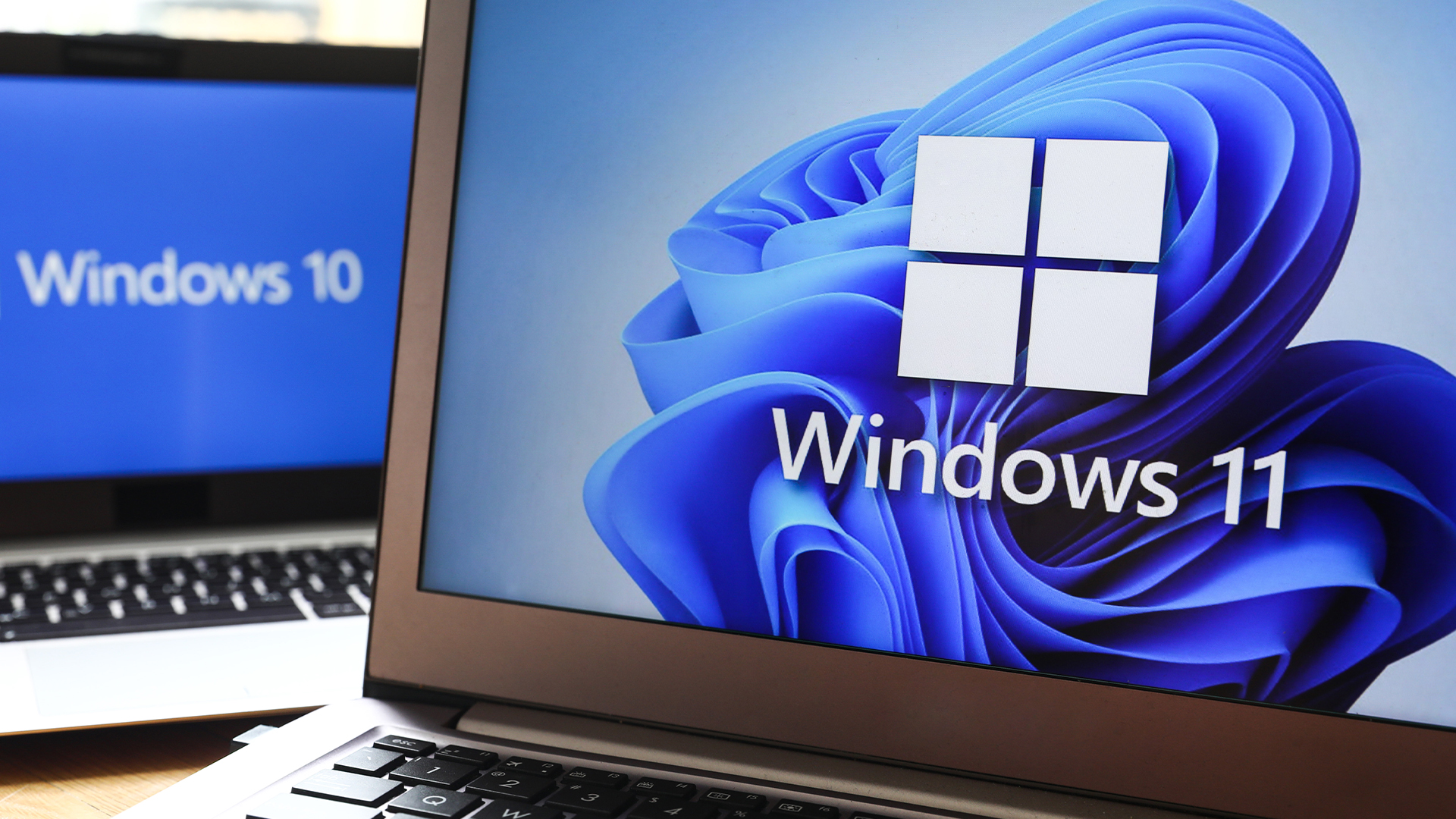

Windows 11 users are set for another batch of generative AI-flavored features as Microsoft looks to continue driving customers to the operating system.
The tech giant unveiled plans to add a host of new AI-powered features to its Copilot Preview for Windows 11, including new plugins for easy access to applications such as OpenTable, Instacart, Shopify, Klarna, and Kayak.
From late March, Copilot in Windows will also offer a new set of skills which can be accessed by typing in a prompt to Copilot in Windows. Copilot will then perform the requested action and confirm once it has been completed.
The prompts are available for some settings, such as turn on/off battery saver or show battery information, and for some accessibility settings, allowing users to launch the screen magnifier or launch voice input.
These can also be used to access some device information such as to display the device IP address, or the empty recycle bin.
Microsoft also said it is rolling out new features including Generative Erase which allows users to select and remove unwanted objects when using the Photos app.
New ‘voice shortcuts’, which are custom commands to do things like pasting text, or opening folders, files, apps or URLs, will also be added, the company said. Voice commands can also be used across connected screens, making it easier to navigate between displays or move files and apps.
Get the ITPro daily newsletter
Sign up today and you will receive a free copy of our Future Focus 2025 report - the leading guidance on AI, cybersecurity and other IT challenges as per 700+ senior executives
Windows 11 enterprise users are getting new features
For enterprise customers, Microsoft said it is simplifying the update management solution by combining the Windows Update for Business deployment service with Autopatch into a single update management solution.
RELATED WHITEPAPER
Windows Autopatch will provide a single way for organizations to manage updates across Windows PCs, Microsoft 365 applications, Microsoft Edge, and Teams, the company said, and will use AI to program the necessary updates and reduce the impact on team productivity.
Some of the new features are available now via Windows Update and new apps available via Microsoft Store updates. Windows 11 PCs will get new the functionality at different times, as Microsoft is gradually rolling out some of these new features over the coming weeks via controlled feature rollout.
Most of these new Windows 11 features will be enabled by default in the March 2024 optional non-security preview release for all editions of Windows 11, versions 23H2 and 22H2.
Microsoft really wants you to switch to Windows 11
As well as these new features, Microsoft is trying to persuade Windows 10 users that it really is time to upgrade.
Starting with the April 2024 security update, Windows users working on non-managed cloud domain-joined and domain-joined business devices will see “invitation messages” about their free upgrades to Windows 11.
Microsoft said the invitation to upgrade to Windows 11 will appear after signing in and usually following a reboot. It will show on Windows 10 Pro and Pro Workstation devices that are eligible for Windows 11 but are not managed by IT departments.
Once prompted, users will be able to opt to get Windows 11, version 23H2 or stay in Windows 10 if they want to (the buttons for choosing the upgrade are in the middle of the screen while the ‘Keep Windows 10’ option is down and to the left.
Users who do want to upgrade can schedule when the Windows 11 upgrade should begin.
Windows 11 adoption seems to have been slower than the pace at which Windows 10 was taken up. It arrived in October 2021, but still only accounts for somewhere around 28% of the Windows PCs online according to Statcounter data, even if that is up significantly from 19% in February last year.
Windows 10 was launched back in July 2015, and is due to reach end of support on October 14, 2025. The current version, 22H2, is the final version of Windows 10.
Steve Ranger is an award-winning reporter and editor who writes about technology and business. Previously he was the editorial director at ZDNET and the editor of silicon.com.
-
 Bigger salaries, more burnout: Is the CISO role in crisis?
Bigger salaries, more burnout: Is the CISO role in crisis?In-depth CISOs are more stressed than ever before – but why is this and what can be done?
By Kate O'Flaherty Published
-
 Cheap cyber crime kits can be bought on the dark web for less than $25
Cheap cyber crime kits can be bought on the dark web for less than $25News Research from NordVPN shows phishing kits are now widely available on the dark web and via messaging apps like Telegram, and are often selling for less than $25.
By Emma Woollacott Published
-
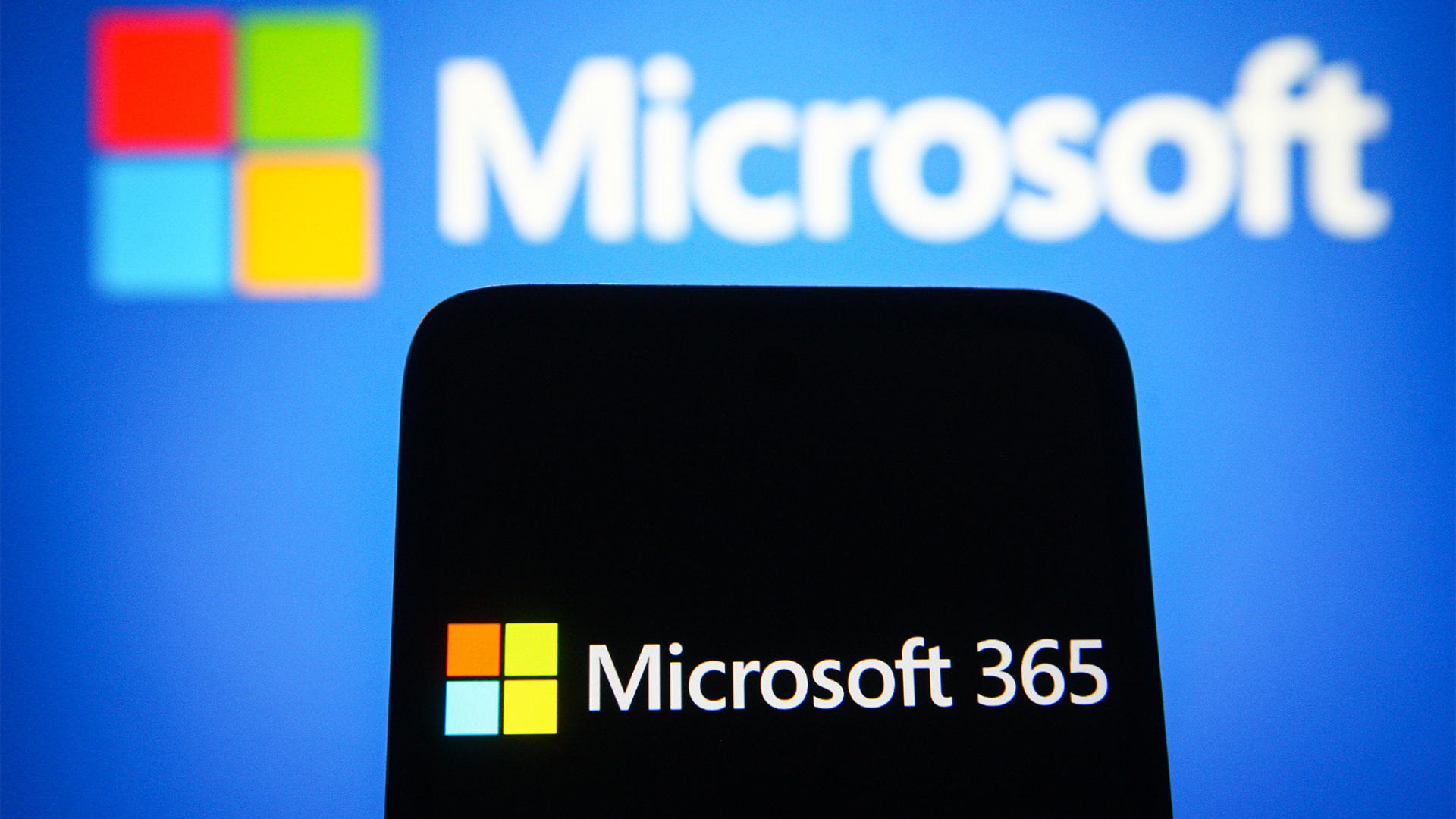 Microsoft justifies 365 price increases after MP concerns
Microsoft justifies 365 price increases after MP concernsNews Microsoft’s UK VP of external affairs has defended the tech giant's price increases
By George Fitzmaurice Published
-
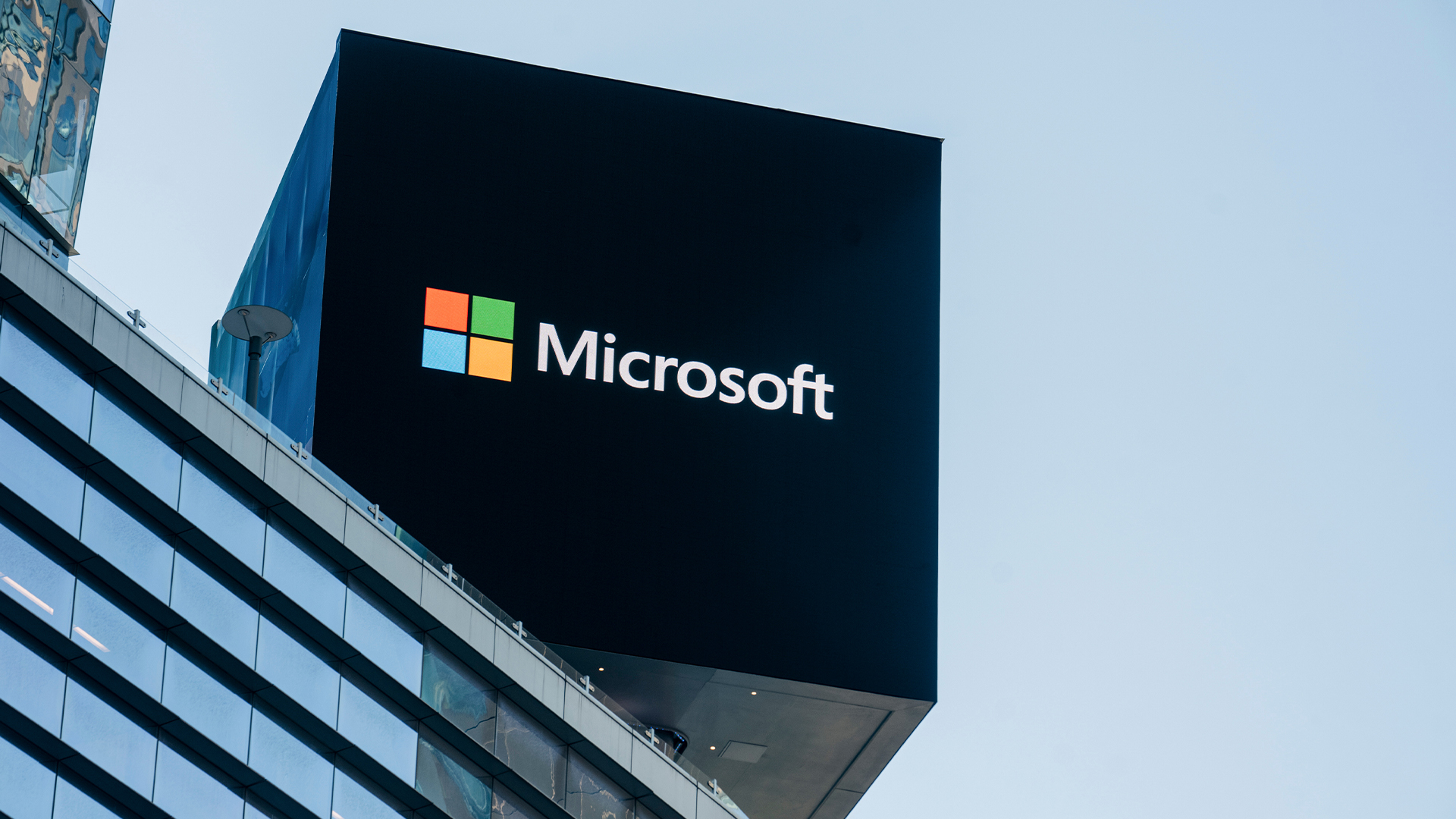 Microsoft is ending support for the Remote Desktop app – here are three alternatives you can try instead
Microsoft is ending support for the Remote Desktop app – here are three alternatives you can try insteadNews Microsoft has announced plans to end support for its Remote Desktop application in just over two months.
By George Fitzmaurice Published
-
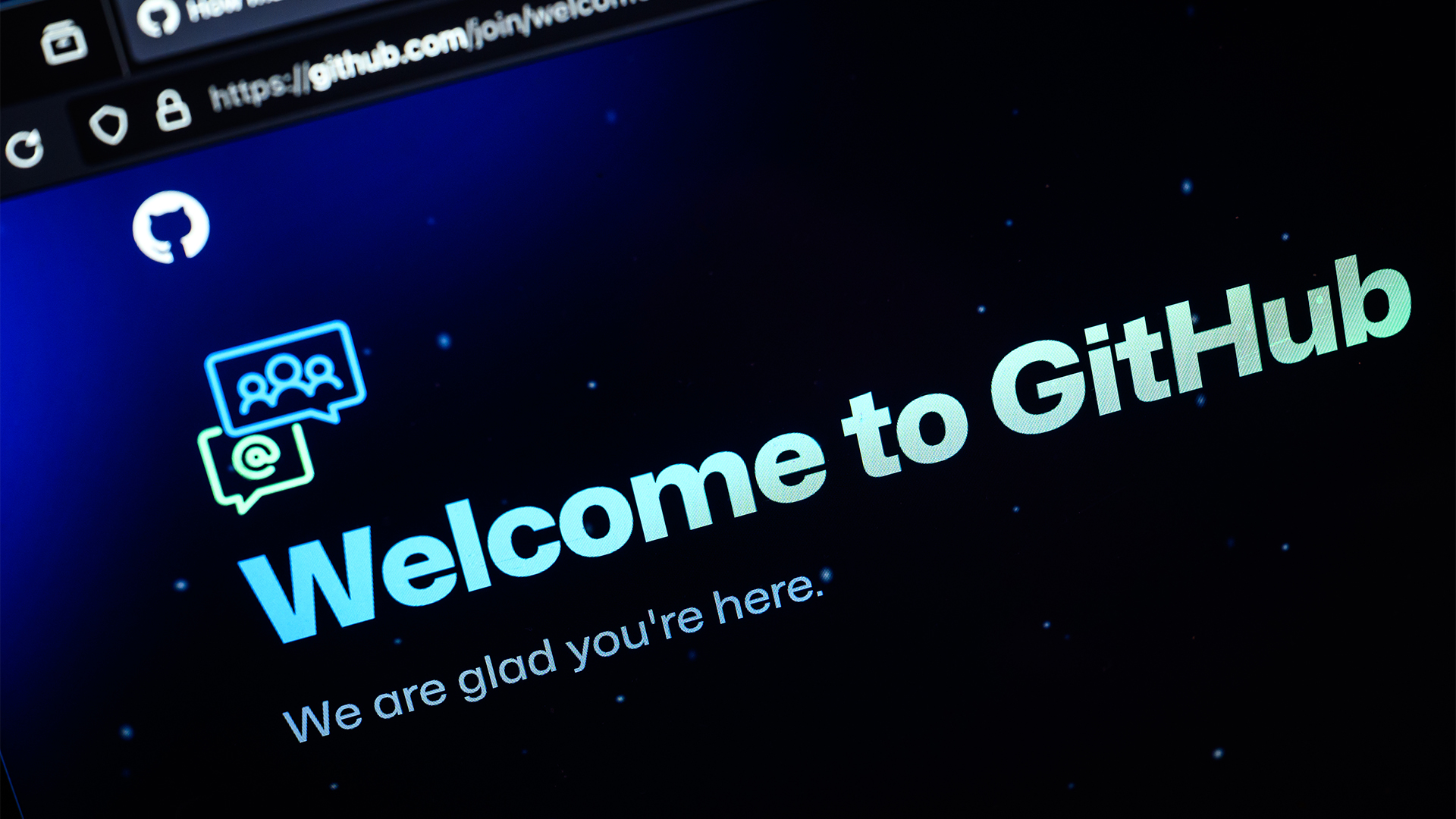 GitHub just launched a new free tier for its Copilot coding assistant – but only for a select group of developers
GitHub just launched a new free tier for its Copilot coding assistant – but only for a select group of developersNews Limited access to GitHub Copilot in VS Code is now available free of charge
By Nicole Kobie Published
-
 Recall arrives for Intel and AMD devices after months of controversy
Recall arrives for Intel and AMD devices after months of controversyNews Microsoft's Recall feature is now available in preview for customers using AMD and Intel devices.
By Nicole Kobie Published
-
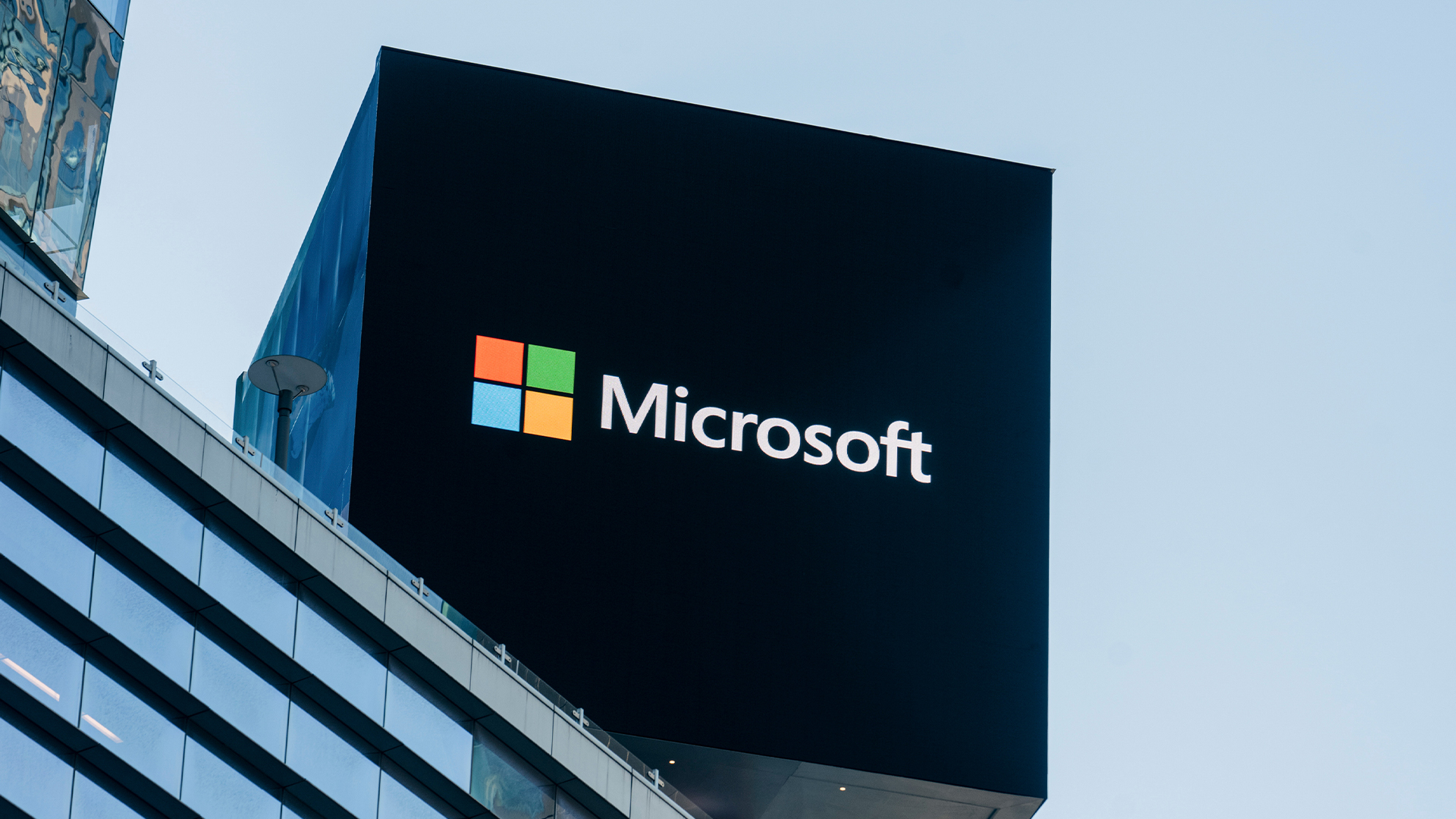 Everything you need to know about the Microsoft outage
Everything you need to know about the Microsoft outageNews After a day of chaos, the worst of the Microsoft outage appears to have passed, but some problems still remain
By Emma Woollacott Published
-
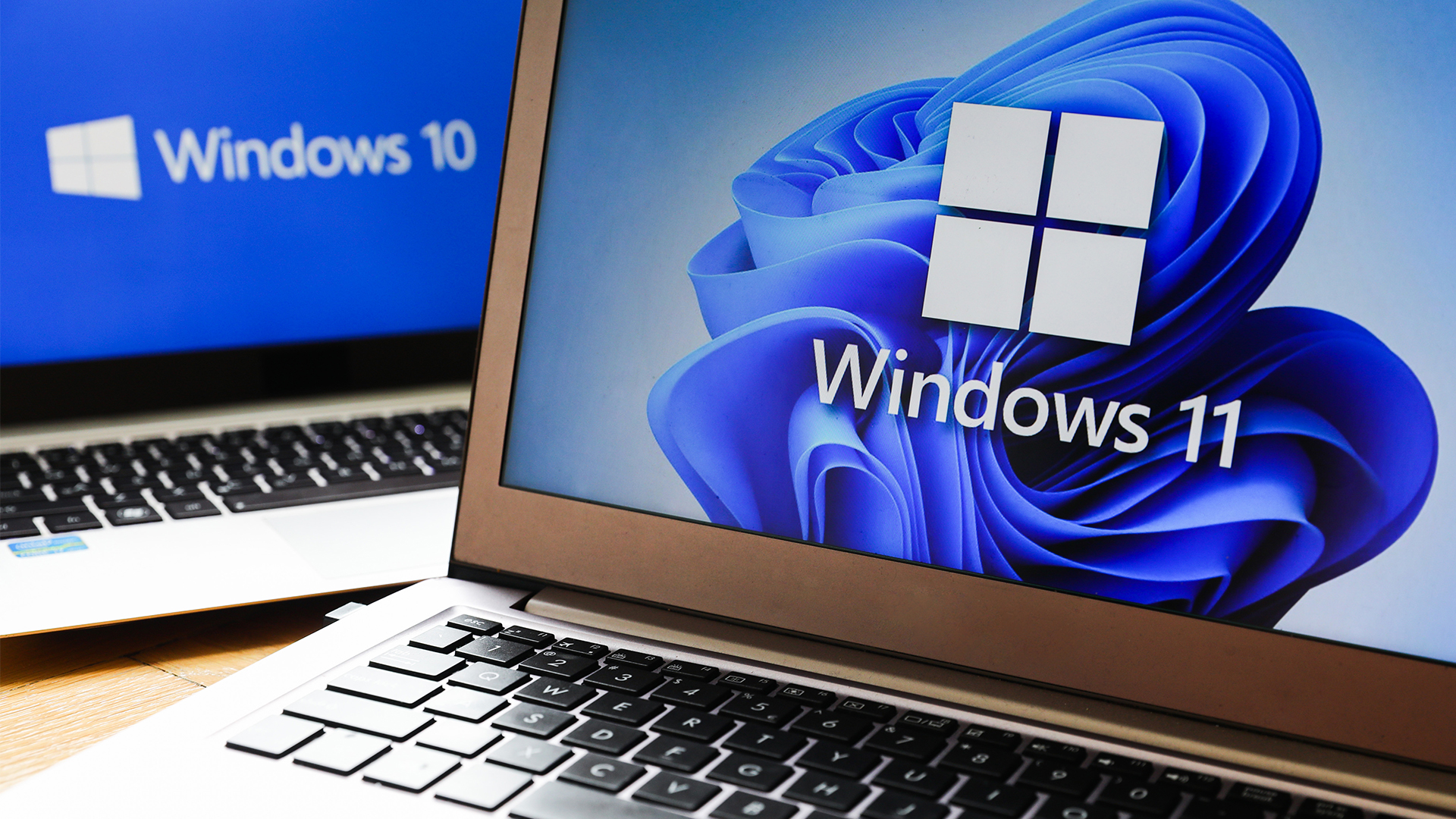 With one year to go until Windows 10 end of life, here’s what businesses should do to prepare
With one year to go until Windows 10 end of life, here’s what businesses should do to prepareNews IT teams need to migrate soon or risk a plethora of security and sustainability issues
By George Fitzmaurice Published
-
 Microsoft is doubling down on Widows Recall, adding new security and privacy features – will this help woo hesitant enterprise users?
Microsoft is doubling down on Widows Recall, adding new security and privacy features – will this help woo hesitant enterprise users?News The controversial AI-powered snapshotting tool can be uninstalled, Microsoft says
By Nicole Kobie Published
-
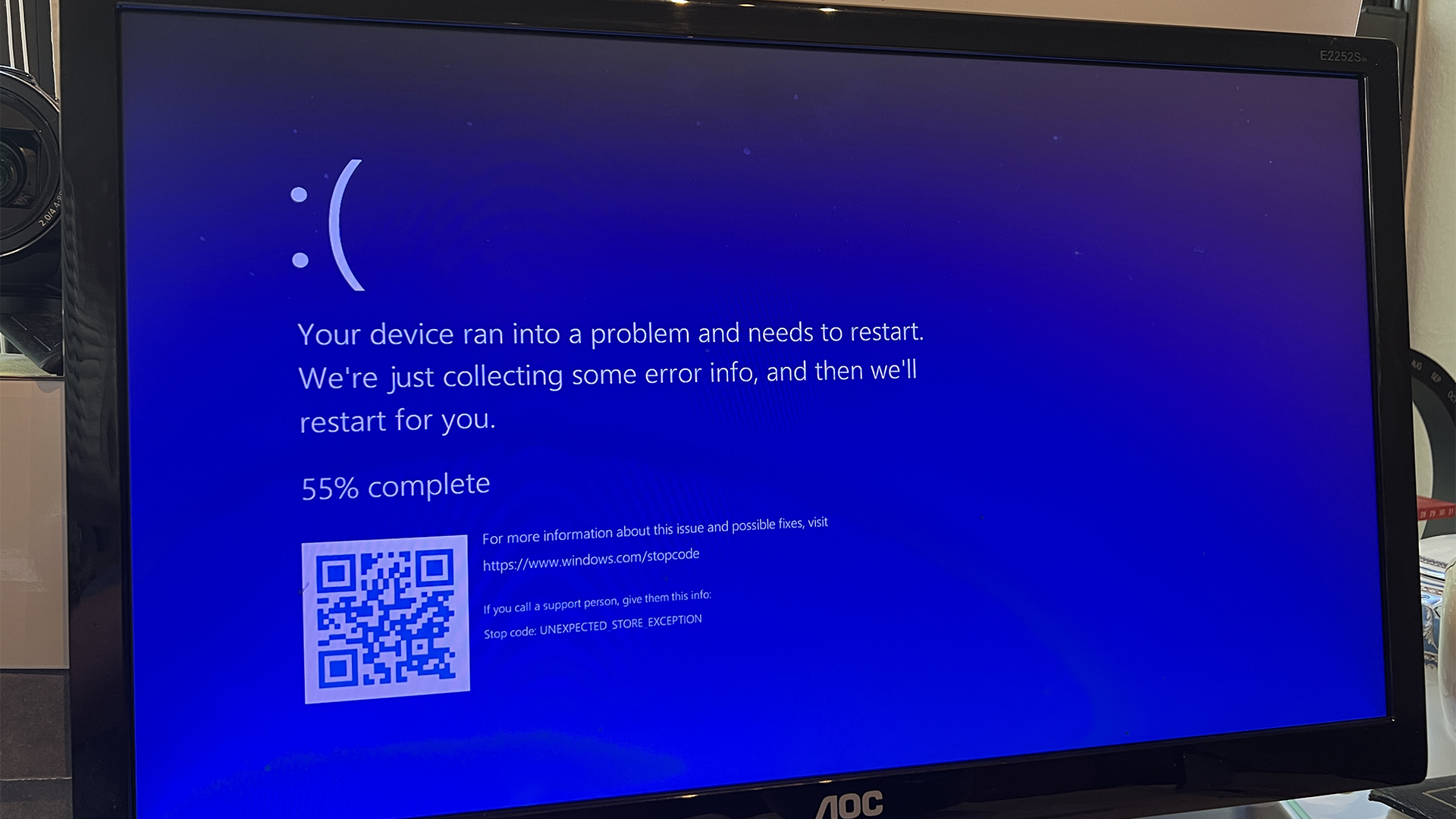 Microsoft pulls Windows update after botched patch causes blue screens, reboot loops
Microsoft pulls Windows update after botched patch causes blue screens, reboot loopsNews Microsoft has pulled a Windows 11 update ahead of next week's Patch Tuesday after encountering a raft of issues
By Nicole Kobie Published
